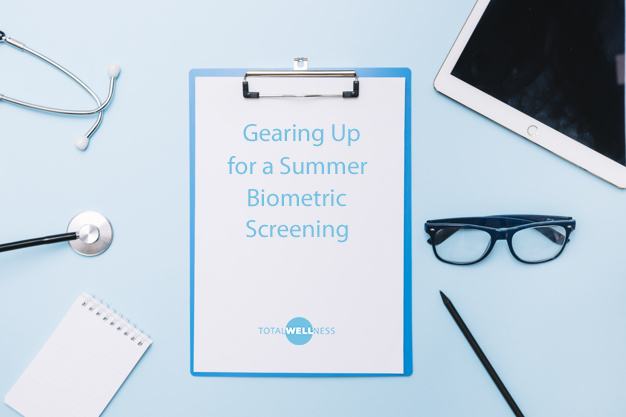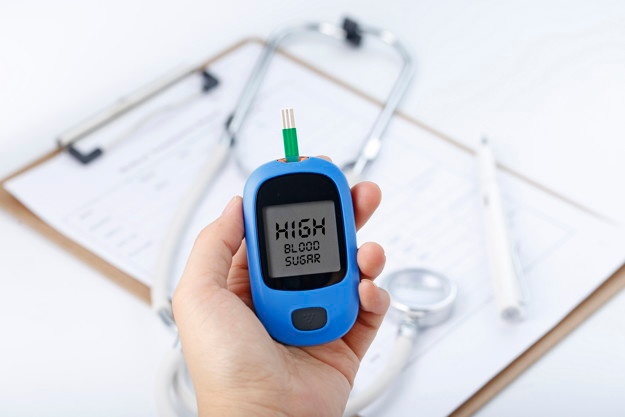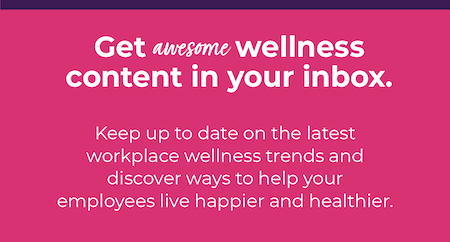Employee wellness is best with a hands-on approach. Activities such as wellness challenges, health coaching, and employee wellness days provide employees the opportunity to truly dive in and take control over their health. One of the most underrated hands-on employee wellness activities are lunch and learn sessions. They’re easy, engaging, educational, and most importantly, effective.
Lunch and learn sessions are exactly what they sound like – a presentation or training session hosted over the employee lunch hour. They provide valuable information for employees in an informal setting. Employers can utilize lunch and learn sessions to compliment their workplace wellness program and further educate employees about the importance of their health.
If your company has never hosted a lunch and learn as part of your employee wellness program, you’re missing out on a huge opportunity! Take a look at some of the benefits of hosting a lunch and learn session, plus some tips for hosting a successful one at your company.












